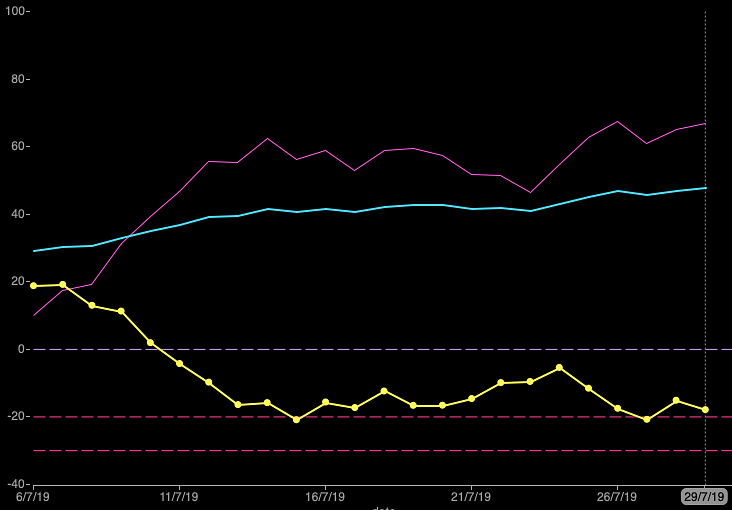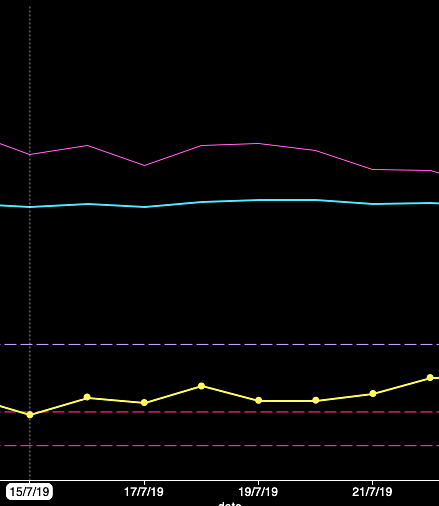A good article from a few years back, looking at how some US farmers are adapting to climate change while still being deniers that it’s happening in the first place.
It’s an interesting read, but this passage towards the end stands out…
For the next two hours or so, Ethan and I talked. It wasn’t an interview anymore. It was a conversation between two old men who, while we may come from different ideological camps, have each managed in our lives to cheat catastrophe long enough to learn to listen to each other.
And at the end of the conversation, I rolled a final cigarette, and Ethan took a deep breath when I lit it. “You know what, Ethan?” I said. “We’ve just sat here for the better part of four and half hours, a good old-fashioned rock-ribbed conservative like you and a good old-fashioned dyed-in-the-wool liberal like me, and we’ve touched on most of the major hot-button issues in the culture wars — abortion, same-sex marriage, guns, even climate. On about 85 percent of those issues, you and I could find enough common ground to find a shared purpose. On another 10 percent or so, we could at least reach an understanding. There was maybe about 5 percent where the differences were just too great. But we could set those aside, at least for now.”
He agreed.
“So why is it,” I asked, “that when I hear people talking about you, and you hear people talking about me, the only thing they ever talk about is that 5 percent?”
Unfortunately we’re still only talking about the 5 percent.

















































